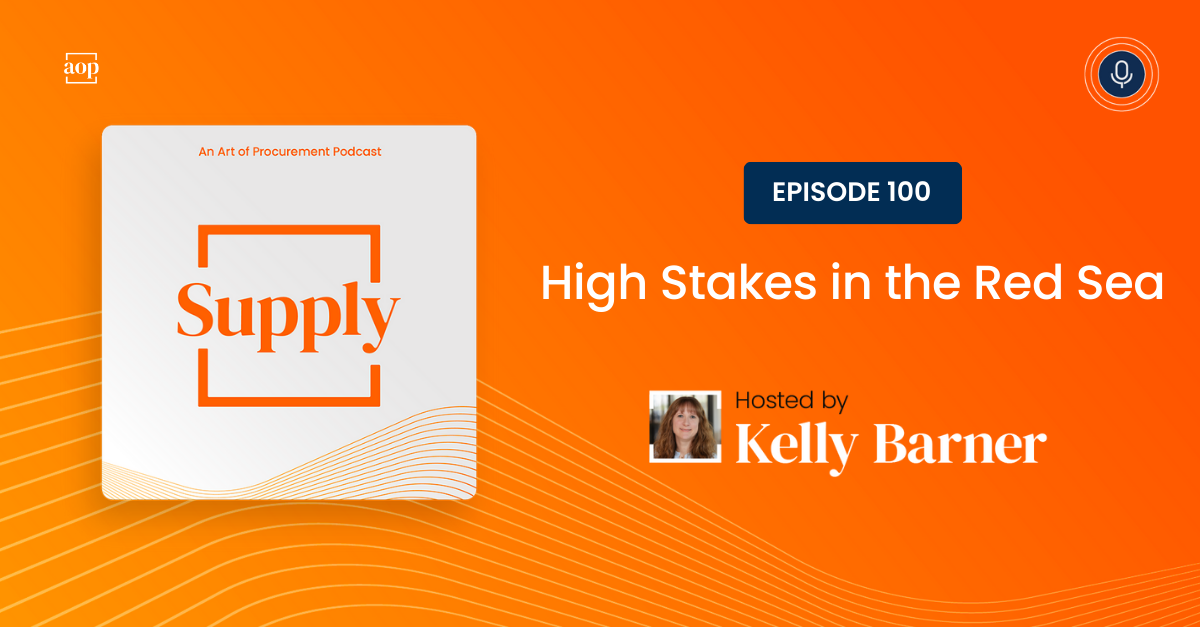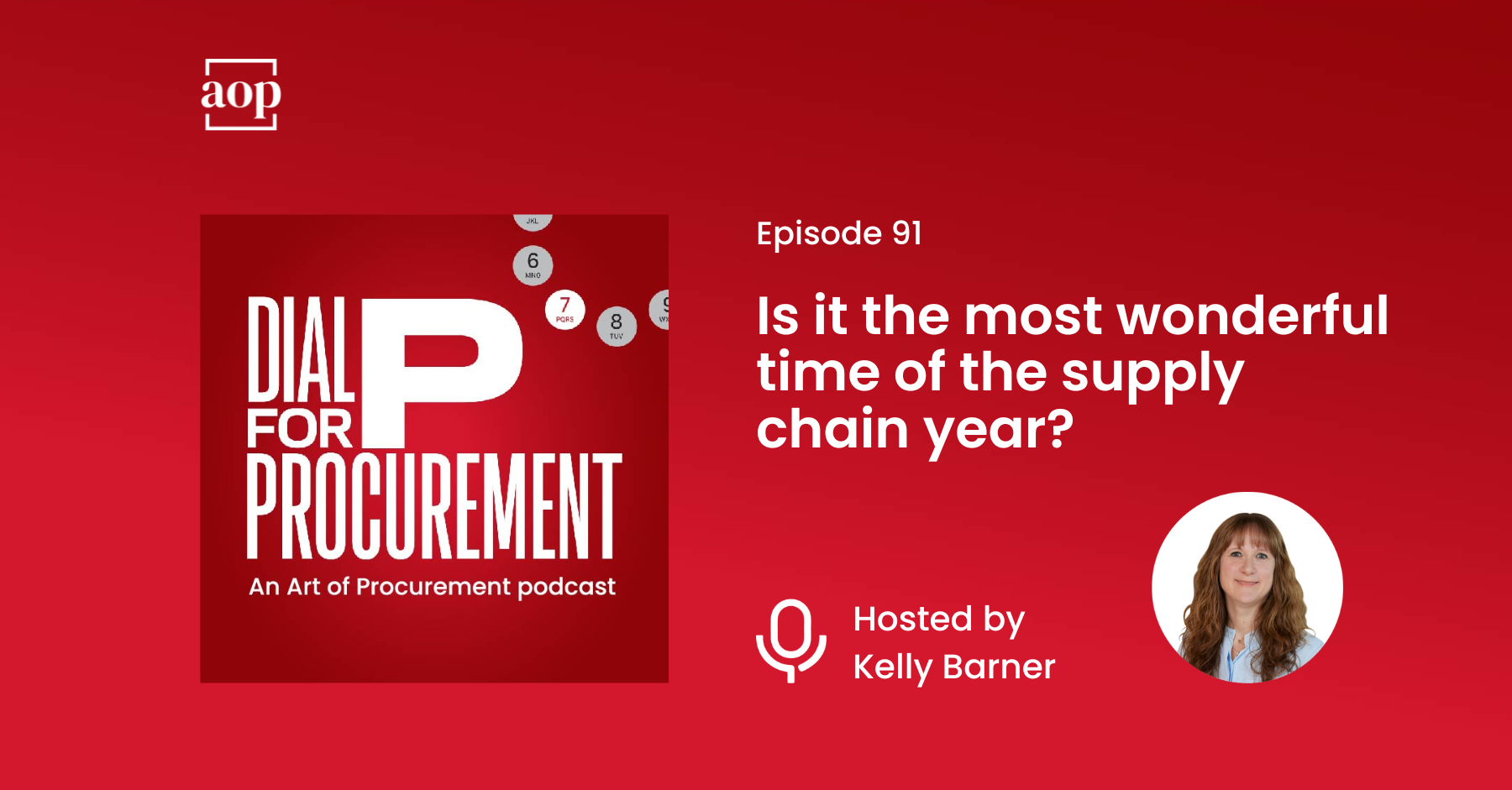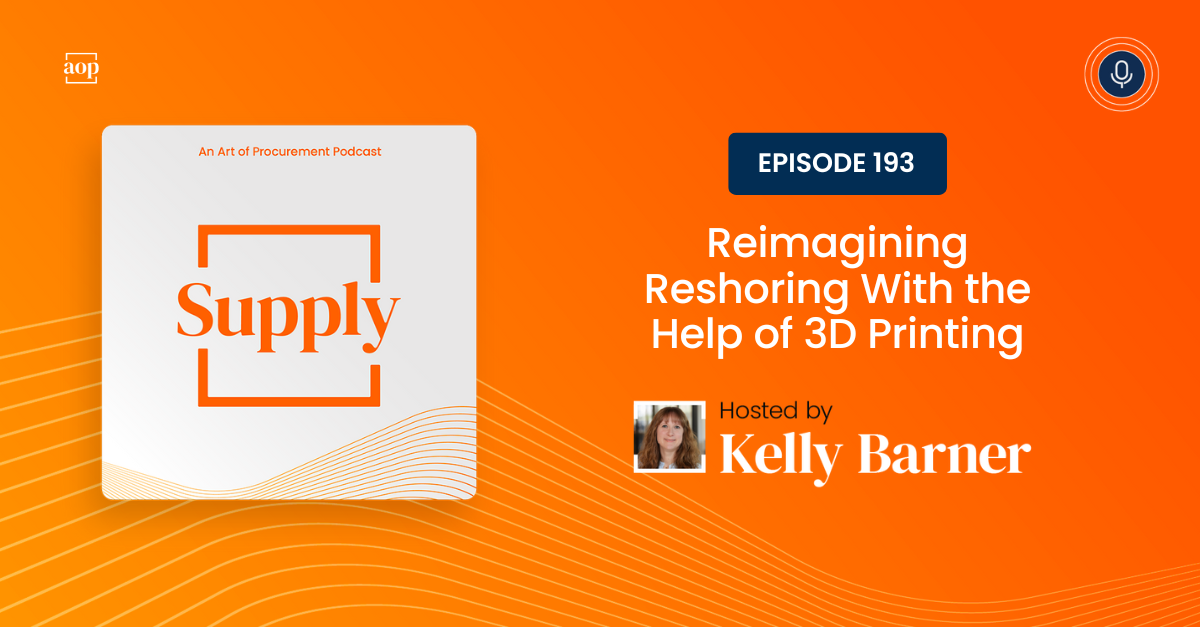
On New Year’s Eve, weeks of escalating tensions in the Red Sea finally boiled over.
One day after hitting the ship with a missile, Houthi militants tried to board the Singapore-flagged Maersk Hangzhou, which was carrying 14,000 containers it picked up in Singapore. The crew sent out a distress signal that was picked up by the USS Eisenhower, a Nimitz class aircraft carrier, and the USS Gravely, a guided missile destroyer, both of which were in the area. They responded by sending helicopters to support the on-ship-security team.
According to the Houthi military’s report, three of their ships were destroyed and ten of their fighters were killed. Fortunately, the Hangzhou’s crew is safe and there were no indications of fire resulting from the missile strike.
The skirmish marked a new level of escalation in a string of missile strikes and drone attacks that have been plaguing commercial vessels since November. And this story just keeps evolving. For instance, on January 14th, the Houthis launched an anti-ship cruise missile at an American destroyer, and by Monday the 15th they were back to targeting commercial vessels, striking the Gibraltar Eagle, a U.S. owned ship just off the coast of Yemen.
In this week’s episode of the Art of Supply podcast, I provide an overview of the situation, look at the potential impact to global supply chains, and share what the crews on these vessels are dealing with.
Threatening the Gateway to the Suez Canal
Insecurity in the Red Sea creates a high stakes situation for everyone involved because the Suez canal is an essential passageway for cargo – and the Red Sea is the only way to reach it.
The Suez Canal is the quickest sea route between Asia and Europe. An estimated 17,000 ships and $1 Trillion worth of goods pass through the Suez Canal every year, representing between 20 and 30 percent of all container freight.
Here are some other figures about the Suez Canal that demonstrate how critical it is:
- Facilitates approximately 12 percent of global trade
- Nearly 15 percent of all trade to Europe, Middle East, North Africa
- 58 percent of the region’s palm oil
- 51 percent of their rice
- And 47 percent of their tea
The best alternative to the Suez Canal is to sail around Africa’s west coast and Cape of Good Hope, but the Suez Canal was already an alternative choice for many vessels. Drought conditions have been causing backups in the Panama Canal, leading to an increase in Suez Canal traffic.
Charting a Different Course
Making the decision about what to do is not as simple as just picking another ‘road’ to travel by.
According to Matthew Burgess, Vice President of global ocean services at C.H. Robinson, traveling a route around the Cape of Good Hope at the southernmost tip of Africa adds around 3,400 nautical miles to the journey.
That can extend a trip by 10-14 days, depending on speed, which means it also adds cost. Another source of additional cost is the increased insurance carriers must have. These premiums are often equal to 1 percent of the value of a ship, a substantial sum given how much cargo they carry – and rates are expected to increase. Even given their substantial cost, war premium policies may last 7 days, or a mere 24 hours.
Hapag-Lloyd has a live updating page on their site that states all of their vessels will stay out of the Red Sea until further notice. They are opting for the longer route around the Cape of Good Hope. A.P. Moller Maersk is doing the same, and they are adding additional segmented routes to help shippers move their goods.
About $80 billion worth of cargo has been routed away from the Red Sea since mid-November rather than face the threat of an attack, and carriers can’t just raise rates in response to increased costs
In June 2022, Congress passed the Ocean Shipping Reform Act, which allows the Federal Maritime Commission (FMC) to monitor increases in shipping cost. FMC Chairman Dan Maffei has already said that the commission is on the lookout for inappropriate increases
Battling Disruption Fatigue
As we have seen with so many other news stories, it is easy to see the words “Red Sea” in a headline and think “ugh, is that still going on?” But this is the reality of global trade today.
Most companies have realized that is it not realistic to contain the geographical extent of their supply chains, so the challenge becomes optimizing for the many forms of cost: operating expenses, labor, time, risk, and human toll.
For shippers, longer journeys mean unpredictable transit times and even finding that goods destined for one port will be delivered to another. Carriers are forced to make intense decisions about their risk appetite and read of the current situation, before finalizing routes and schedules.
It is difficult to see this situation deescalating on its own, and all efforts to address the risk and ensure the safety of crews and vessels have had the opposite effect. Houthi attacks have expanded from vessels with obvious ties to Israel and Israelis, to vessels with dubious ties, to military vessels, and then to any vessel that might be American.
As far away as these skirmishes are, the interconnectedness of our global supply chains is bringing them right home to us, and to the homes of shippers, carriers, and crew members worldwide.
Links:
- Watch: Houthi Rebels Seize Israeli-Linked Cargo Ship in Red Sea (WSJ)
- Kelly Barner on LinkedIn
- Art of Supply LinkedIn newsletter
- Art of Supply on AOP
- Subscribe to This Week in Procurement




